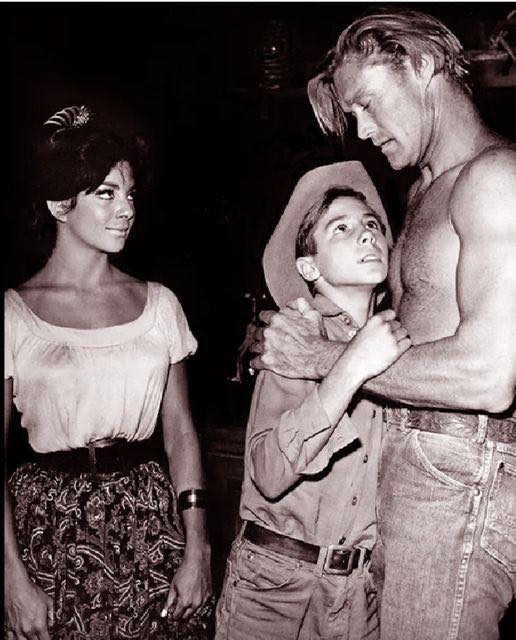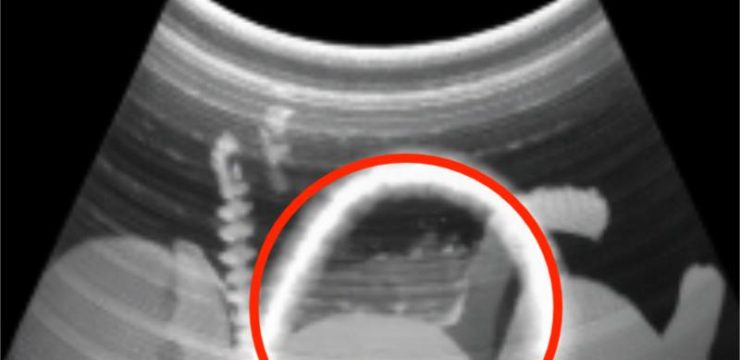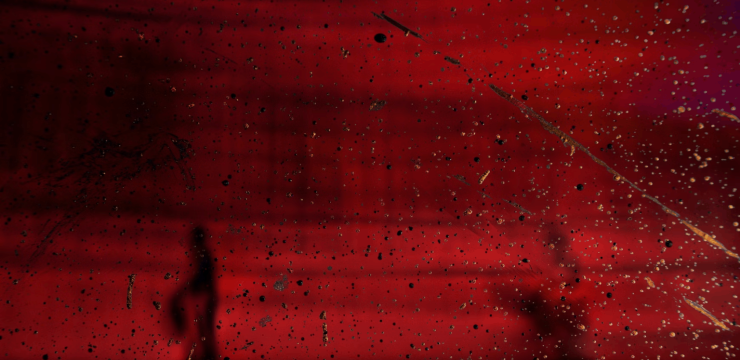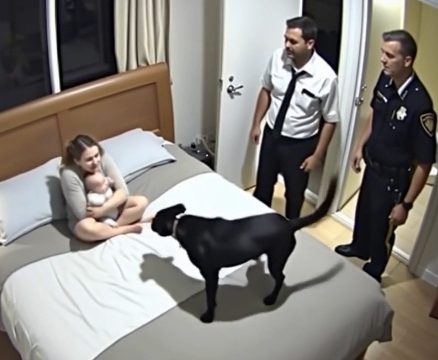For anyone who grew up during the late 1950s, The Rifleman was more than just a TV show—it was a staple in countless American households. This classic Western didn’t just entertain with its shootouts and horseback chases; it also promoted enduring values like honesty, courage, and respect. Families gathered around their televisions, week after week, drawn into the story of a widowed father raising his young son in the rugged Old West. But as with many beloved shows from that era, there’s a lot more to The Rifleman than meets the eye—especially for fans who love to dig deep.

Starring the towering Chuck Connors as Lucas McCain, The Rifleman centered around a rancher known not only for his sharp shooting but also for his strong moral compass. McCain was a single father doing his best to raise his son, Mark, portrayed by the affable Johnny Crawford. The relationship between Lucas and Mark was the emotional core of the series, and it struck a chord with viewers. Their bond, set against the backdrop of lawlessness and dusty frontier towns, made for storytelling that was both exciting and touching.
Even though The Rifleman was praised as one of the greatest Westerns ever made, it wasn’t without its flaws. Like many shows of its time, it had its fair share of goofs, inconsistencies, and curious behind-the-scenes tidbits. That said, few fans cared about the minor blunders—after all, part of the charm of early TV lies in its imperfections. What truly mattered were the lessons it taught and the characters it brought to life.
One of the reasons people still talk about The Rifleman is because it did something many modern shows struggle to do: it gave us complex, relatable characters. Lucas McCain wasn’t a perfect man, and he often found himself facing tough choices. But his unwavering dedication to doing the right thing made him a role model. He taught his son—and the audience watching at home—that integrity mattered, even when life was hard. Every episode carried a message, often ending with a subtle but powerful moral takeaway that made viewers think.
The show also stood out because of its production quality and creative choices. The custom Winchester rifle that Lucas used became iconic. Modified to allow rapid-fire shooting, it added a unique edge to his character and became symbolic of his strength and precision. Behind the camera, the writers and crew worked hard to keep the show grounded in values while still delivering action and suspense.
Still, as any superfan will tell you, The Rifleman was far from historically accurate. The clothing, the weapons, and even some of the town setups often strayed from authentic 19th-century life. But truthfully, that didn’t stop anyone from loving it. The point wasn’t historical precision—it was storytelling. And in that department, the show delivered in spades.
Of course, no show runs for five seasons without a few hiccups. Fans who look closely can spot things like reused sets, continuity errors, and occasional bloopers. One moment, Mark might be wearing a different shirt mid-scene, or a modern item might sneak into the frame. But these quirks only make the show more endearing to long-time fans, who often treat these goofs as Easter eggs.
Behind the scenes, the cast developed strong relationships that helped fuel the on-screen chemistry. Chuck Connors, known for his towering height and athletic background, had a genuine fondness for Johnny Crawford, who grew up in front of the camera. Their real-life connection mirrored that of their characters, adding a layer of authenticity to their performances.
Over time, The Rifleman became more than just a show—it became a cultural touchstone. It represented a time in American television when storytelling was heartfelt, and characters were crafted with care. Yes, it had flaws, but those imperfections only enhanced its charm. Today’s TV landscape is flooded with sleek production values and fast-paced plots, but few shows can match the emotional depth and moral clarity that The Rifleman consistently delivered.
In a way, revisiting episodes of The Rifleman is like flipping through an old family photo album. You might spot the occasional smudge or wrinkle, but that doesn’t take away from the warmth and familiarity of the memories. Whether you’re discovering the show for the first time or revisiting it with a sense of nostalgia, there’s always something new to appreciate.
So, if you haven’t watched The Rifleman in a while—or ever—maybe it’s time to saddle up and take a ride back to North Fork. And this time, keep an eye out for the hidden details, the little mishaps, and the stories behind the scenes. You’ll gain a new appreciation for this iconic Western and the people who brought it to life.





